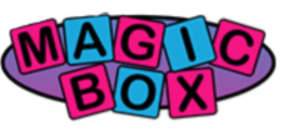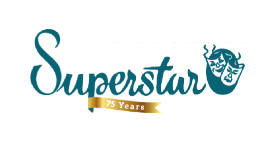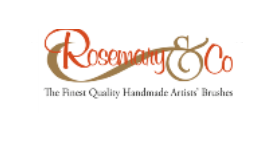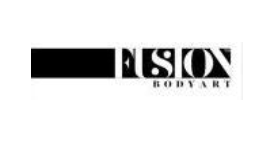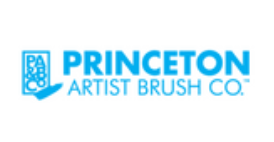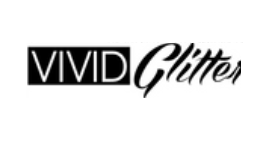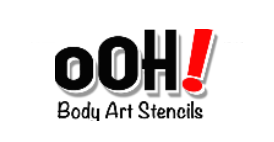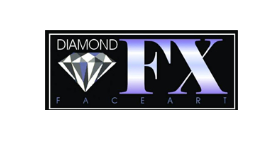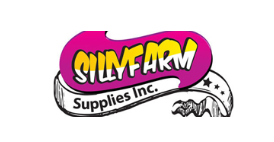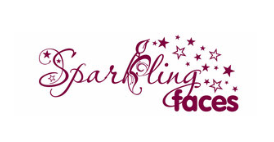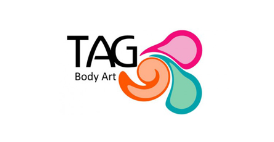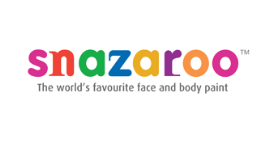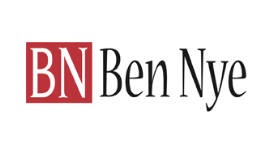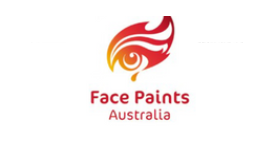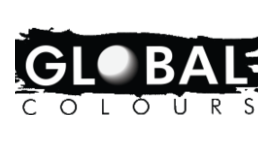Beginner's Guide
New to Face Painting
What do I need to get started ?
Paint, Sponges, Brushes, Water and a suitable and patient Model.
What Face Paint should I use ?
Well here we go! We will try to guide you through the various types of make-up that can be used for face painting:
We have a large and varied range of make up and accessories that can be purchased individually or as a Kits to suit your need and budget.
Water Based Face Paint, Make Up
As the name implies, this is a Make up which is applied to the skin, with a brush or sponge and little touch of water. As this range of Make up is Water Based, the designs can be removed with luke warm water and to the children's dismay, soap.
Water Based Face Paints are available in individual pots of various sizes, with the 18ml,-32g average sizes being the more popular.
As everyone has different thoughts and ideas, and of course budgets. 5 Initial colours will be a good starting point, Black, White and the 3 Primary colours; Red, Blue and Yellow (which are the only 3 colours to my knowledge which cannot be colour matched by mixing other colours)
However Pink, Green, Orange, Brown and metallic colours such as Gold and Silver are useful additions as you progress.
Guide: How far does water based paint go
5g- 2ml approx 5 full faces (100 cheek designs)
30g - 18ml approx 50 full faces (2000 cheek design)
45g - 30ml approx 100 full faces (4000 cheek designs)
90g- 75ml approx 250 full faces (10,000 cheek designs)
Split and Blending Cakes
Split and Blending Cakes are Water Based, and made of the same ingredients as the manufactures' general colours.
They are a combination of 2 or more colours to create a Blending Base. They are used to create many exciting designs, with speed and efficiency by applying more than one colour at once. Examples are, Butterflies, Rainbows and Tiaras.
Manufacturers use different terms, however whether they are; 1 Stroke Split Cakes, Blending, Arty or Rainbow Cakes, they are generally the same.
Colours are vibrant and dense with pigment, smooth and velvety finishes and creamy textures that require very little water for activation.
Guide, A 30g Split Cake is good for 50-60 full face designs and 150 plus cheek designs.
Creams
Cream Make-up has excellent covering capabilities and is based on oils and waxes and is used for visual, Special fx and theatrical make-up.
The waxes and oils allow Creme Make-up to be blended away easily, making it excellent for highlights and shadows, both for shaping, modelling and theatrical purposes, ie. ageing, creating various characters, effects.
Cakes
Cake Make Up is designed for Theatrical, Stage and Film Productions.
Cake make-up is easy to use, ideal for large cast shows, dance and school productions. The matt finish is very useful for television, film and photography and as a base for face painting.
Clean the skin with a Cleansing Lotion to remove excess grease. If the skin is dehydrated or sensitive, apply a thin layer of under make-up base after cleansing and leave it 3-5 minutes to absorb before applying the Cake make-up.
Do not use any greasy creams under Cake make-up. They will make the make-up streaky.
Cake make-up is a water based matt base make-up applied with a damp foam sponge. Once the cake make-up has dried, which it does very quickly, use eye-shadow/rouge for highlight, shading and blusher.
Guide, Our Grimas 35g Cakes is sufficient to cover 50-60 faces.
Basic Requirements
Essential Tools
Sponges: A medium or low density sponge will give good coverage and reduce any streaking. To save money and make use of your sponge, you can cut in half and use for straight edges for detailed work and lines.
Sponges are eventually disposable, however If you do want to reuse them, first rinse them under the tap with some soap or shampoo. Or you can wash in a washing machine, put together in a net bag, and don't put them in with your clothes!
Brushes: Possibly one of the more difficult products to advise as all Face Painters have their own preference, we stock leading Brands.
Round Brushes, perfect for detailed work including lines
Flat Brushes, used for general work,
Angled Brushes, great for tear-drops, butterfly wings and other detailed work
Filbert, a flat brush with curved edge, used for blending, filling and line work.
As these bushes are available in many sizes, possible starting selection would be 3 brushes, a Round, Flat and Angled medium size. Here is a fraction of our extensive stock if you'd like to see some recommendations.
You can clean brushes with water and soap, baby shampoo works well, however we do sell dedicated brush cleaner. Dry brushes lying flat, do not place them upright, since that causes the moisture to run down into the shaft.
Bowls of water: To rinse your sponges and brushes. Please change water regular and use 2 bowls, 1 for light and the other for dark colours.
Hair band or clips: To keep hair away from the face.
Small Towel: To keep your hands clean.
Mirror: Children enjoy watching themselves being painted, and everyone wants to take a look at the end.
Tissues, Kitchen Towels and Baby Wipes are also useful to have at hand.
Other useful tools and accessories:
Some consider Glitter Gel as essential, as every little girl loves to have some sparkle on their design!
Glitter adds that extra dimension and sparkle to your creations.
Iridescent Powder adds extra shimmer to your designs. Iridescent powders work really well as a base and give a lovely shimmer. You can just brush it on like blusher or add some water to give you a bold dazzling design.
Typical Kits
We've put together a few kits that are suitable for an absolute beginner dipping their toes into the face painting world. These feature basic colours, some brushes and sponges.
We also have some great professional kits, with a great range of colours, cakes and brushes, if you've decided you're hooked on face painting.
Basic Preparation and Techniques
Clean your hand and nails and protect your models clothing
Confirm the child have no skin allergies or infections, all our make up is fully tested, however if you have doubts test a little patch of make up onto the back of the child's wrist. leave for 60 mins to confirm if a reaction occurs.
Generally the make-up can be applied direct to the child's face. You can apply a under base make up on dry or sensitive skin if you wish.
Apply base colour first, using a damp sponge. Make sure that the sponge is not too wet by squeezing out all excess water to avoid the finished result being streaky.
To achieve a deeper colour, allow the first coat to dry and then apply a second coat.
Apply lighter colours before darker colours.
When applying colour with a brush, keep strokes smooth and even and work in continuous lines.
Dip the tip of your brush into a bowl of water and mix it into the face paint to pick up the face paint. Do not try to sketch, it will not work.
Dry off excess water from your Face paints.
